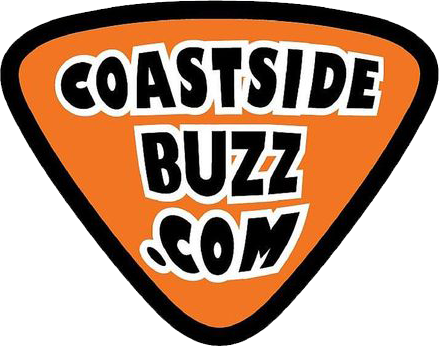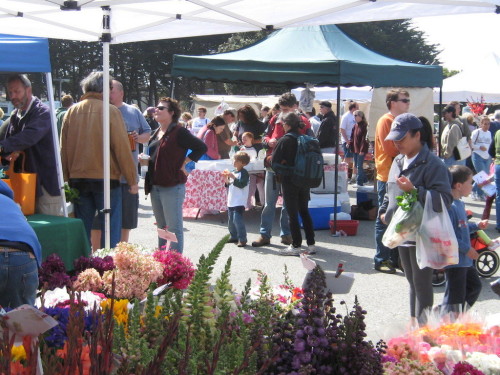|
Getting your Trinity Audio player ready...
|
WEBSITE LINK “Covid Near You”.
From NPR’s Science Friday Podcast 16:21 min.
Citizen Scientists: Submit Your COVID-19 Symptoms (Or Lack Of Them)
From SciStarter
The Problem?
Confirmed cases and deaths from COVID-19 are steadily mounting, and testing for the disease is still limited in the United States. Healthcare professionals, researchers, scientists, public health experts, and government officials are still struggling to understand how many people are infected locally, statewide, and nationally.
To address this gap in knowledge, we’ve created COVID Near You.
What is COVID Near You?
COVID Near You is a website that allows the public to quickly and easily report COVID-19 (Coronavirus Disease 2019) related symptoms or testing activity. Using participant submitted reports, COVID Near You Near You maps this information to provide local and national views of the illness.
Real-time reports of COVID-19-related symptoms can augment traditional public health tracking and help everyone understand where COVID-19 symptoms are occurring in their community. The more people join, the stronger the ‘signals’ in the data we gather.
Reporting is simple – and important even if you are healthy!
Who created COVID Near You?
COVID Near You was created by HealthMap at Boston Children’s Hospital, with generous support from volunteers across the technology sector, including Google, Mongo DB, Cloudflare and Datadog.
COVID Near You is a sister tool of Flu Near You created by Ending Pandemics and the Boston Children’s Hospital team.
From Tech Crunch
New crowdsourced COVID-19 symptom map could build a more complete pandemic picture ~ 3/25/2020 ~ Darrell Etherington
A new initiative by the Boston Children’s Hospital and Harvard Medical School could provide a new kind of signal for those studying the spread of the coronavirus pandemic across the U.S. The ‘Covid Near You’ map developed by researchers at both organizations, asks individuals to self-report any potential COVID-19 symptoms, as well as if they’ve taken a test, and then maps that activity on a rolling two week basis.
This isn’t a map of confirmed COVID-19 cases – other sources for that information already exist, including Google’s coronavirus map, which uses case numbers and figures provided by the World Health Organization (WHO), and the John Hopkins coronavirus resource center map. These are useful resources, but only reflect confirmed cases based on approved testing, which, especially in the U.S., is limited by testing availability and drastically under-represents the actual spread according to most experts.
New ways of tracking the spread of the virus are needed in order to supplement testing efforts, and while self-reported symptoms are hardly a reliable indicator of actual COVID-19 spread, they are a potential signal or leading indicator that, combined with other data included confirmed cases, can help researchers and medical professionals focus their efforts and gauge the effectiveness of strategies like social distancing meant to slow or stop the spread.
Another recent project, Kinsa’s U.S. health weather map, also relies on crowdsourced data to try to provide a different view of the potential spread of COVID-19. Their information is body temperature, as recorded by their connected smart thermometer hardware, however, which provides a reliable measure of one of the most common symptoms of COVID-19 patients.
Like the ‘Covid Near You’ map, Kinsa’s is not a reliable indicator of confirmed COVID-19 cases, but it is a strong signal that can provide information not available when relying on certified testing. Taken together, self-reported symptoms (especially as more people self-report using this new map), temperature data tied to geolocation, and confirmed cases could provide a much more complete picture of where hotspots are occurring, and the patterns of spread beyond those communities known to be most affected, and those that could be next in the chain of transmission.






